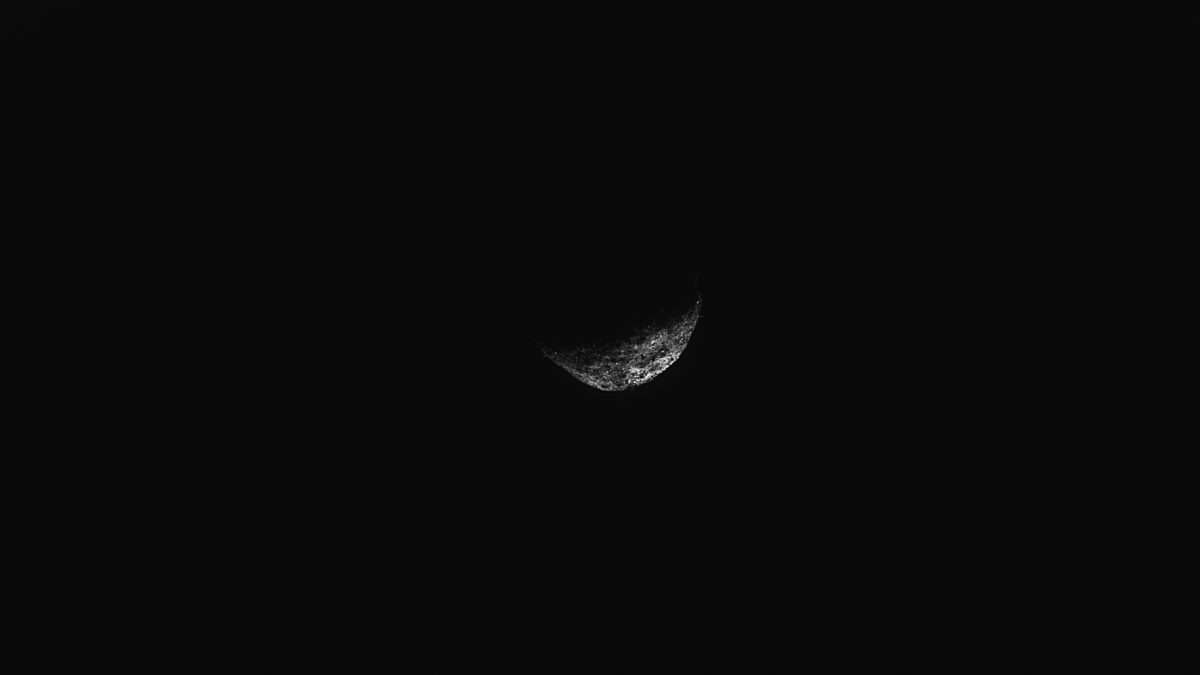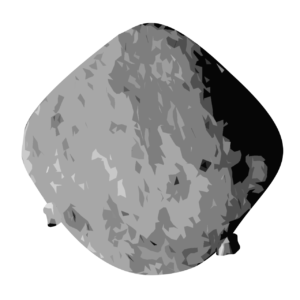The Downlink • May 14, 2021
Seeking Small Worlds
You love space, now take action
This weekly newsletter is your toolkit to learn more about space, share information with your friends and family, and take direct action to support exploration. Anyone can subscribe at planetary.org/connect to receive it as a weekly email.
Mission Briefings


NASA’s OSIRIS-REx has begun its two-year journey back home. The spacecraft, which reached the asteroid Bennu in 2018, is carrying about 60 grams (roughly 2 ounces) of rock sampled from it. OSIRIS-REx will deposit its samples in the Utah desert. Pictured: An illustration of the OSIRIS-REx spacecraft. Image credit: NASA/Goddard/University of Arizona.

After much anticipation and alarm, a Long March 5B rocket made an uncontrolled re-entry into Earth’s atmosphere. Debris from the 25-ton rocket fell into the Indian Ocean and thankfully, no one was hurt. The day before the rocket fell, Planetary Radio host Mat Kaplan joined The Rachel Maddow Show to fill the public in on the details.

Perseverance recorded stunning sound and video of Ingenuity as the helicopter made its fourth flight. If you listen closely you can hear the deep hum of Ingenuity’s blades spinning along with the sound of Martian winds. After The Planetary Society campaigned for microphones on Mars for many decades, this is music to our ears.

NASA and Axiom have signed a deal for the first private astronaut mission to the International Space Station. A firm date hasn’t been set, but NASA says the mission will take place no sooner than January 2022.
From The Planetary Society


Earthlings vs Asteroids: What’s the Score? The Planetary Society welcomed six of the world’s planetary defense experts to a virtual public event in late April to answer some big questions: How much do we know about the asteroids that are out there? And how prepared are we to prevent an impact? If you missed the event you can watch the video recording or listen to select segments on this week’s Planetary Radio. Pictured: An artist’s impression of the DART mission, one of the many planetary defense efforts discussed at this event, approaching its target pair of asteroids. Image credit: NASA/JHUAPL.

We are proud to welcome Dipak Srinivasan to The Planetary Society’s board of directors. Dipak is a space exploration engineer at Johns Hopkins University’s Applied Physics Lab. He serves as lead communications subsystem engineer for NASA’s Europa Clipper mission and has been a leader on several NASA missions including MESSENGER, New Horizons, the STEREO solar observatories, and the Van Allen Probes mission to study our planet’s radiation belts.

Do you have an idea that could change the future of space? Check out our newest grant program: Science and Technology Empowered by the Public (STEP). STEP grants are competitively awarded through an open, international process. If you or your organization have an innovative idea related to exploring other worlds, finding life, or defending Earth from dangerous asteroids, submit a pre-proposal by May 26, 2021.
What's Up

Venus is bright but very low to the west shortly after sunset. Mercury is above it, but less bright. Mars is in the western evening sky looking reddish. Bright Jupiter and yellowish Saturn are still shining in the predawn sky. Learn more at planetary.org/night-sky.
Join us at the Mars Innovation Forum

Explore Mars, Inc. is pleased to announce the first Mars Innovation Forum, taking place May 25-27, 2021. This virtual conference will examine the many innovations that are required for an achievable and sustainable human presence on Mars and how these technologies and capabilities will benefit life on Earth. Planetary Society members can use the promo code PlanetarySocietyMars at registration for 10% off the ticket price.
Take Action to Defend Earth

A major asteroid impact would change the world as we know it, and not in a good way. We don’t just have to sit and wait for disaster, though. Humans have the capabilities needed to protect our planet from cosmic devastation—you can help mobilize them.
Take direct action today to support the hunt for dangerous asteroids by donating to our Shoemaker NEO Grant program. With your help, we can defend our planet from the hazards of the cosmos.
U.S. residents can also petition Congress and the White House to support NASA’s planetary defense efforts. If you live elsewhere, we encourage you to find the contact information for your government representative(s) and tell them about the importance of planetary defense and the steps that need to be taken by all nations of the world.
Wow of the Week

This week’s Wow is a very strange and fascinating piece of space news: a cryptocurrency created to make fun of cryptocurrency and named after an internet meme is now funding an actual lunar mission. On May 9, SpaceX founder Elon Musk and Canada’s Geometric Energy Corporation announced that they will collaborate on DOGE-1, a mission to use a Falcon 9 rocket to send a CubeSat to the Moon. The mission has been completely paid for by a cryptocurrency called Dogecoin, which Musk has been touting over the last few months. Here’s everything we know about DOGE-1, Dogecoin, and how it’s all related to the Moon.


 Explore Worlds
Explore Worlds Find Life
Find Life Defend Earth
Defend Earth



